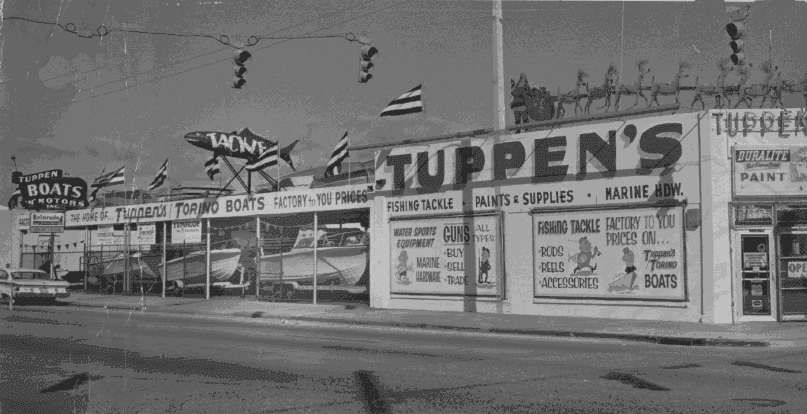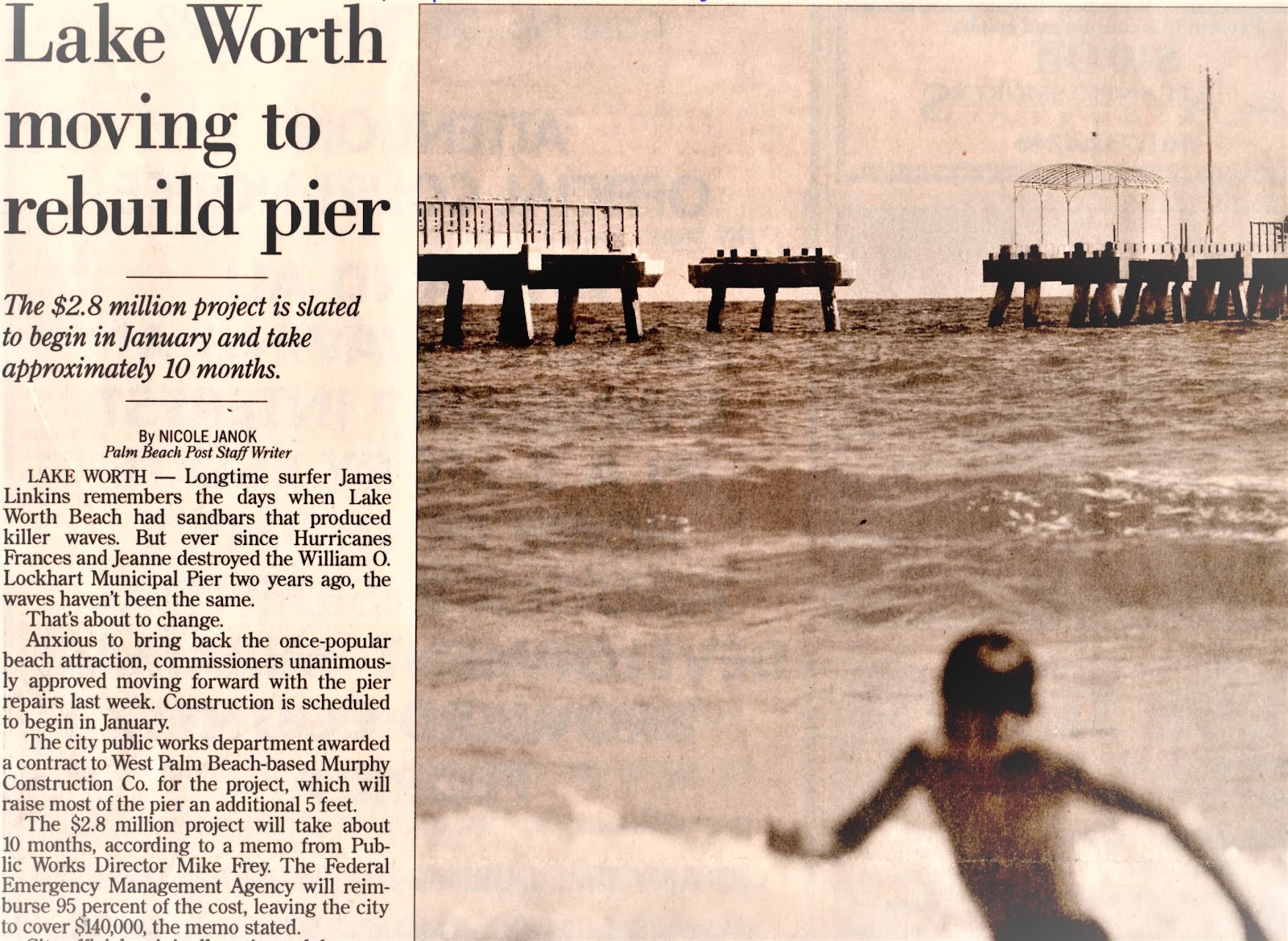They will have their Powerpoint presentation available at their website sometime this week. As it is posted, I plan to dissect and amplify on some of the frames here. They will be issuing a final report to the CRA, who funded the charrette, in about 10 or 12 weeks. I will be encouraging the possibility of a joint CRA/Commission presentation of their findings.
Some of the more important and fascinating data concerned Lake Worth's retail market presence in the broader Palm Beach County marketplace. Suffice to say it is obvious that we have to travel outside of the City for many basic goods - something that I am sure coincides with most individual experiences residents have living here in Lake Worth. Besides the convenience of having retail goods close by, think of the missed employment opportunities through reliance on "extra-territorial" retail outlets. Furthermore, in this era of $4.00 per gallon of gasoline and increased sensitivity to carbon emissions, does it really make environmental sense to continue this de facto policy of discouraging retail investment inside the city limits?
One of the presenters, I think Dana Little of TCRPC, talked about how location selection of new retail sites happens at the corporate level. Many times, regional managers are told that they need to open "X" number of stores in a period of a year. Let's say Lake Worth ends up on a potential list that includes 40 other communities vying for a new location for, let's say, a national bookseller. That person goes about and researches what would have to be done in order to get a store up and operating. They will look at existing physical locations that would not require the building of a new store and the prevailing leasing rates in the area. They will talk with other retailers that have had experience with Lake Worth to see what happened and how things went in opening a location here. If they have to build a new store, they will look at the development review process and make sure that it is understandable, with a clear expectation of give and take, but ultimately the likelihood of approval being strong. They will look at things like the clarity of the sign code; the experiences other businesses have with the building department (permitting and inspections). These considerations would be beyond those typical "market" or "numbers" considerations that already put Lake Worth on that list of 40 potential communities.
So, you get a sense of the competitive situation that the City finds itself in - whether we like it or not. We compete for investment dollars with other localities on a daily, weekly and monthly basis. If Lake Worth comes up deficient in any of the above areas, we are crossed off the list of contenders. There are just too many opportunities out there to justify problems with inspections, high per square foot lease rates and uncertain results in the development review process - to name a few. Thus we are adding miles on our vehicles, burning more gasoline, worsening the effects of greenhouse gas emissions and employing less of our own people as decisions not to come to Lake Worth are made over and over again.
The good thing is that realizing you have a problem, and the extent of it, are the first steps in solving the problem. Really, I would call it an imbalance. Imagine how the residential property tax burden would shift if we had substantial employment opportunities within the Lake Worth Park of Commerce - part of what was discussed in the charrette. Or, if Dixie Hwy, instead of lined with acres of former car lots, actually had commercial buildings supplying our community's retail needs - and paying property taxes for that privilege. We are suffering from not having more balance in our property tax base right now and we still begrudgingly accept the status quo.
I think more than anything, the charrette will show how great our potential is and how we can rise to meet that potential without harming all the good things that make up Lake Worth already. In many ways, that is the core goal of planning.
The most surprisingly in depth part of the presentation, for me, was the portion related to mobility and transit within the City - beyond a transit stop being placed on the FEC or not. Billy Hattaway, a traffic engineer from the firm Glatting Jackson, identified many inefficiencies in how the city's infrastructure caters to the need to get around. One of his examples concerned the need for more bike racks throughout the City, especially in and around the downtown. He also mentioned the concept of a public bike livery that would allow people to pick up a community bike (from unrecovered stolen bikes) and use it to get to your destination.
Another one of Hattaway's observations concerned the prominent one-way street network around the downtown area. He pointed out that many communities, in order to pump more and more cars in and out downtown areas in the 1970s, are returning the current one-way streets back to two-way streets. One-way streets create a couple of situations which can be adverse to the quality of life in a community. They increase vehicle speed since there is no concern for on-coming traffic. I can't tell you how many times I have heard complaints from residents immediately north of downtown about the speed cars attain on their supposedly quiet residential streets. A few have resulted in ferocious rear-end accidents of parked cars. He pointed out that we have enough width of pavement in those areas to still allow on street parking (which protects pedestrians) and allow traffic to pass - although at a slower pace.
From an environmental and convenience point of view, there is usually a circuitous route necessary to get from here to there in the areas where we have a one-way street network. Such a route wastes time and ENERGY. Ten trips (the average created by a single family house) a day multiplied by 365 days a year results in significant extra mileage needed to get to a house that may just be on the next block. I remember asking someone on B street how best to get to a house further north on C street and being told, "You can't get there from here" - meant to be funny but really partially true. If we are really serious about being a green community, we need to consider eliminating our one-way street network.
Another negative to one-way streets is the need for additional signage and the maintenance of that infrastructure. And last, but surely not least, is the additional response time required for emergency personnel.
We really need to put this on our collective agenda and make it happen.
Also discussed was the need to assess our unimproved dirt streets, the geometry of the traffic circle at A Street and Lake Worth Road and the condition of our alley network - an asset that some communities would give their eye teeth for.
I haven't even touched on the main part of the charrette's focus - the addition to of a transit stop or stops on the FEC. By that you can see that a lot of important information was covered. Implementing some changes as a result of this study would go a long way to improving our community. I'll be addressing those over time with the help of some of the graphics that were part of the Powerpoint.
One more thing.. imagine if we had a full time comprehensive planning staff so that we could address these suggestions overtime and not have to result to shock therapy administered by a group of consultants. In many ways, Treasure Coast is turning into the City comprehensive planning staff. Part of my soapbox speech for having a planning staff employed by the City that is commensurate with our City's size and unique needs.
More later on this same station...





